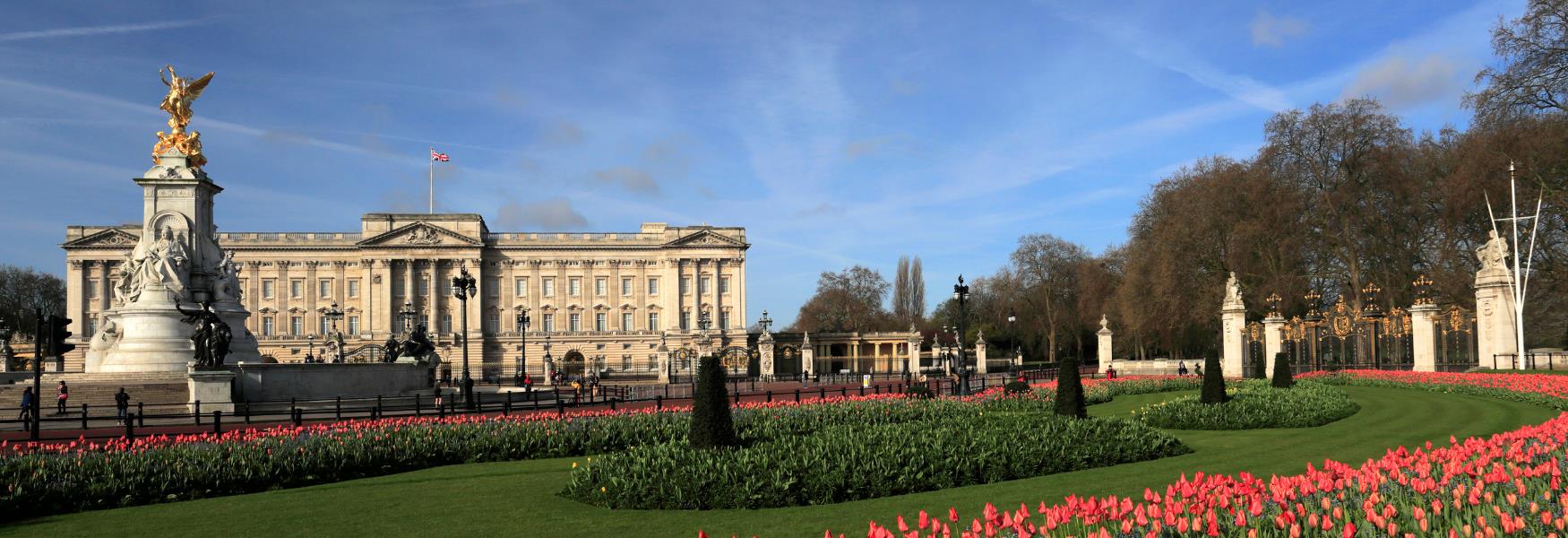To build your own Itinerary, click  to add an item to your Itinerary basket.
to add an item to your Itinerary basket.
Already saved an Itinerary?



You are here: UK History > Royal History > House of Tudor > Notable people in the Tudor era > Court of Elizabeth I
Elizabeth's court was completely different from Mary's. Here are the most important members of the court.
Cecil, also known as the Baron Burghley, was an English statesman, chief advisor of Queen Elizabeth I, Secretary of State and Lord High Treasurer. He was the founder of the Cecil dynasty, which has produced two British prime ministers.
His career began in the service of Edward Seymour who was Lord Protector during the early reign of Edward VI. After Seymour’s fall from grace, he allied with John Dudley, the Earl of Warwick and became one of King Edward’s Secretaries of Sate and later, Chancellor of the Order of the Garter. He signed the document claiming Lady Jane Grey was to succeed Edward, but later claimed to have done so under duress and issued an apology to Queen Mary I. After Mary became queen, he became employed in her sister Elizabeth’s household at Hatfield House and became one of Elizabeth’s inner circle. Once she became queen, Elizabeth appointed him as Secretary of State, leadership of the Privy Council and spy master, making him the most important minister for the majority of her reign. He was one of the advisors who convinced her to have her cousin Mary Queen of Scots executed.
Robert Dudley, Earl of Leicester was an English Statesman and favourite of Elizabeth I from her accession until his death and many believe the pair were romantically involved.
Dudley was the son of John Dudley, the Duke of Northumberland, who attempted to remove Mary I and Elizabeth from the line of succession, instead placing Lady Jane Grey on the throne. The ensueing scandal marred much of Dudley’s youth and he spent some time imprisoned but avoided being condemned to death, instead going to serve in the army under Mary I and Philip II. He had been a childhood friend of Elizabeth and Lady Jane Grey and on Elizabeth’s accession was appointed Master of the Horse. He later became Privy Councillor and Lord Steward of the Royal Household. Elizabeth made him Earl of Leicester and from 1563, he was one of the greatest landowners in Wales and England.
As part of Elizabeth’s court, he was greatly involved in domestic and foreign policy, as well as being her consort. The pair were childhood sweethearts, but marriage was never on the cards for them, despite Dudley’s insistence.
The reasons for this were many, one being that Dudley was already married to Amy Robsart when he and Elizabeth rekindled their relationship. Dudley spent most of his time at court, away from his wife who would die in mysterious circumstances. Many believed that he orchestrated her death, which was another mark against a marriage with Elizabeth, who needed to remain available for potential political allegiances. The Queen would later try and marry him to her cousin, Mary Queen of Scots, despite their relationship. Elizabeth’s plan would involve the three of them living together at the English court, so that she wouldn’t have to give Dudley up. He would work in the interest of Henry Stuart, Lord Darnley who would go on to marry Mary instead. Dudley remained hopeful that Elizabeth would marry him, but would have relationships with other women and secretly married Lady Essex without Elizabeth’s knowledge. She never forgave him but continued to treat him well.
Raleigh was an English stateman, soldier, writer and explorer. He was one of the most notable figures of the Elizabethan era, playing a leading part in the colonisation of North America and defeating the Spanish Armada.
He was given many rewards by Elizabeth during her reign, including an estate in Dorset and Durham House in the Strand, as well as being created Caption of the Yeoman of the Guard.
He fell out of favour after secretly marrying Bess Throckmorton, one of the queen’s ladies in waiting, who was eleven years his junior and pregnant. When the queen discovered the marriage, she ordered both to be imprisoned in the Tower of London. He was let out to manage an attack on the Spanish coast but was recalled to prison for a few more years before being released in 1593 when he became a member of parliament. He didn’t return to favour until several years later.
When Elizabeth I died, he was arrested and charged with treason for his involvement in a plot against her successor, James I and was imprisoned in the Tower of London. He was convicted but James I spared his life, and he remained imprisoned until 1616.
On his release, he was granted permission to search for El Dorado. During the voyage, members of the crew violated a peace treaty with Spain against Raleigh’s orders, a condition of his pardon was to avoid hostility with the Spanish. On his return to England, the Spanish ambassador demanded his death sentence be reinstated. He was beheaded at the Old Palace Yard at the Palace of Westminster in 1618. His head was embalmed and presented to his wife. His body was buried in Surrey, but his final resting place was at St Margaret’s in Westminster where his tomb is located.
Drake was an explorer and privateer best known for his circumnavigation of the world in a single navigation. He is also known for participating in England’s early slaving voyages. He spent most of his formative years at sea involved in the slave trade before embarking on his own voyages and raided many Spanish colonies for treasure. He was considered a hero in England and a pirate in Spain.
Elizabeth I awarded Drake a knighthood aboard his ship, the Golden Hind.
Under Elizabeth’s reign, he became a member of parliament and was especially active on in the interests of Plymouth, his home town. Like Raleigh, Drake was involved in the defeat of the Spanish Armada and took part in the failed English Armada.
His seafaring career continued into his fifties but died of dysentery while at sea. Before dying, he asked to be dressed in his full armour and was buried at sea in a lead lined coffin near Portobello. His remains have never been found.
© Visit Heritage 2025. All Rights Reserved

.png)


